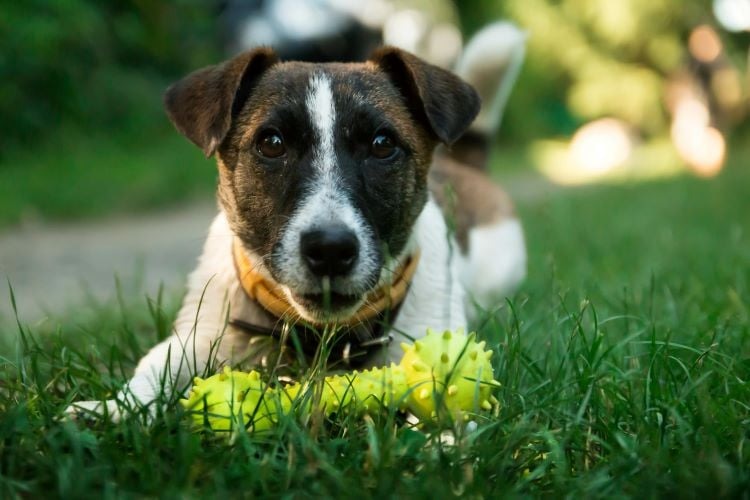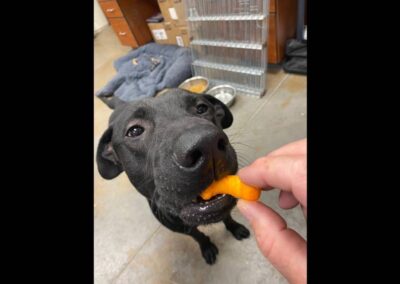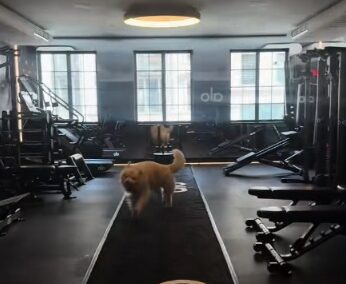Let me ask you something: Would you hand a loaded mousetrap to your dog and call it a toy?
Sounds ridiculous, right? But every day, well-meaning pet owners unknowingly toss ticking time bombs into their pets’ play areas.
You see, not all pet toys are created equal. Some are accidents waiting to happen—choking hazards, toxic chewables, or stress-inducing nightmares.
So, how do you separate the safe from the sinister? Here’s your no-nonsense guide:
- Pet Toys ≠ Kids’ Toys
That plush bear from your child’s room? It’s not a dog toy. Children’s toys can contain small parts, batteries, or materials that are hazardous when chewed. Keep them out of your pet’s reach.
- Size Matters
A toy that’s perfect for a Chihuahua might be a choking hazard for a Great Dane. Always choose toys appropriate for your pet’s size and chewing strength.
- Material World
Avoid toys made with toxic chemicals, sharp edges, or easily breakable parts. Steer clear of items with loose strings, thin rubber, or squeakers that can be swallowed.
- Bone Appétit? Think Again
Cooked bones can splinter; synthetic bones can break into sharp pieces. If you’re giving your dog a bone, make sure it’s raw and size-appropriate. Better yet, consult your vet for recommendations.

- Sensory Overload
Toys with flashing lights or loud noises might entertain you, but they can stress out your pet. Opt for toys that stimulate without overwhelming.
- Regular Check-ups
Inspect toys regularly for wear and tear. A damaged toy can quickly become dangerous. When in doubt, throw it out.
- Consult the Experts
When choosing toys, don’t hesitate to ask your veterinarian for advice. They can provide insights tailored to your pet’s specific needs and health considerations.
- Rotate and Refresh
Just like us, pets can get bored. Keep a variety of safe toys on hand and rotate them to maintain interest and engagement.
Remember, playtime should be fun—not a trip to the emergency vet. By being vigilant and informed, you can ensure your pet’s playtime is both enjoyable and safe.



